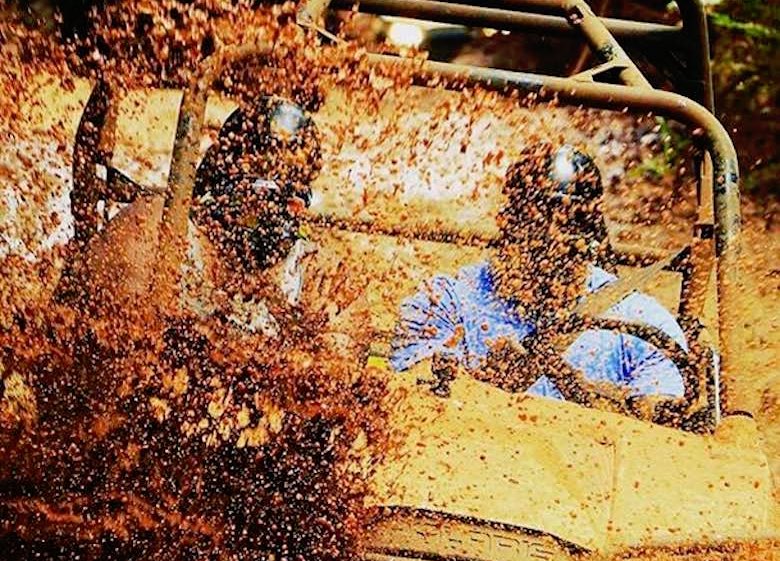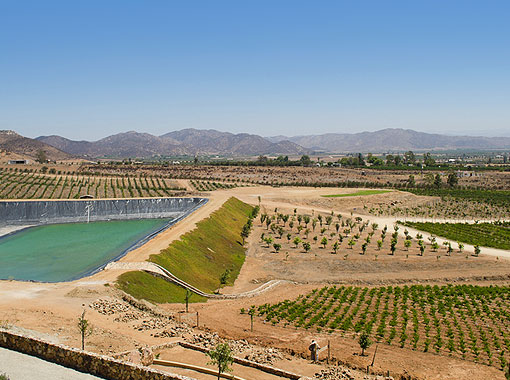Certified Angus Beef Primer: What Makes it Great?

What is it about traveling that often gives you an insatiable hankering for a taste of home? Typically, that means wolfing down junk food with little regard for taste or health. We call this McHome Cooked Meal Syndrome.
The malady affects Caribbean travelers as much as anyone, as they have been known to eschew seafood, local fare and other delicacies in favor of food from drive-thrus. Fortunately, there is a cure -- at least for Palace Resorts guests in Mexico and Jamaica.
Enter Certified Angus Beef [CAB].
Americans know their beef. And discerning Americans look to producers of Certified Angus Beef to get the best meat. After partnering with CAB, all Palace Resorts in Mexico and Jamaica will feature the highest-quality meat, making it the only all-inclusive resort chain in Cancun to offer it.
Now, when a case of McHome Cooked Meal Syndrome hits, you can at least satiate it with a prime cut of CAB steak or a juicy burger of the highest quality.
But what exactly about CAB makes it so good. Having the meat come from Angus cattle is a start, but it’s much more than that. In fact, there are 10 scientific specifications that need to be met before meat is awarded the Certified Angus Beef tag.
We break them down in terms even vegetarians can understand:

Marbled Meat is Best
Modest or High Marbeling: Unlike the shiny hard rock from which the name comes, marbling in meat involves the amount of fat interspersed within lean muscle and directly affects tenderness. The more marbling, the more tender the meat is. During cooking, the fat melts away and make the meat more chewable.
Same goes for the medium or fine marbling texture, which represents the second CAB quality measure. The more flecks of fat you see spread in the meat, the more palatable it is in terms of flavor, tenderness and juiciness.
Next up is making sure only the youngest classification of product qualifies as “A” maturity. That’s a complicated way of saying that the meat is between 9-30 months of age. Not necessarily the actual age of the long-gone cattle, but the physiological age of determined by when cartilage turns to bone. In this case, younger means better. Nobody wants to bite into old meat!
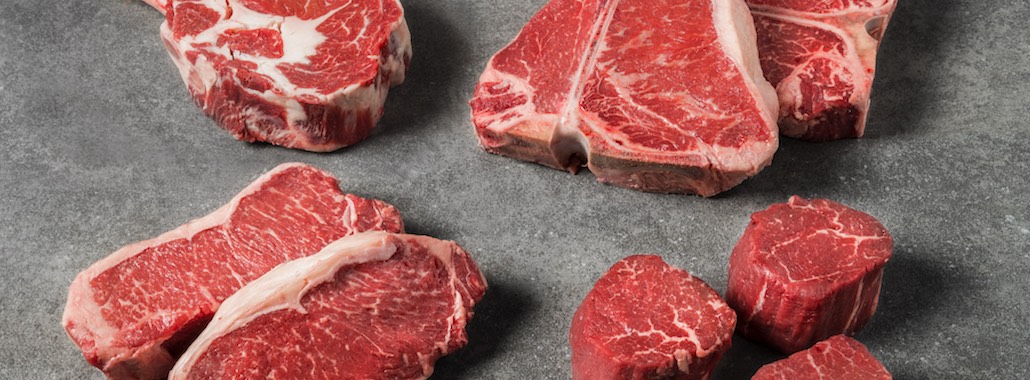
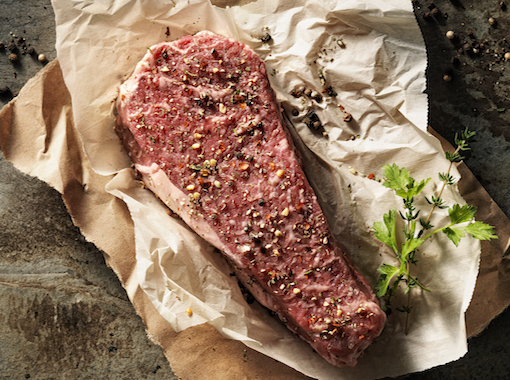
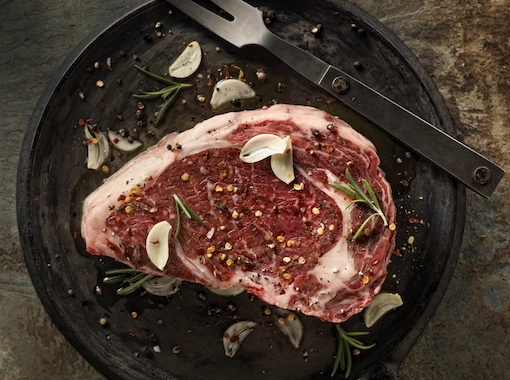
It's About SIze, But Not Too Big!
Let’s not kid ourselves, the best steak in big and juicy. And in order to qualify as Certified Angus Beef, the size of the ribeye has to be between 10 to 16 square inches.
But not too big. The hot carcass weight of CAB has to be 1,050 or less (admittedly, not the most pleasantly sounding measure!), otherwise the thing is too big and that usually means several detrimental factors toward its ultimate taste.
Same goes for the less than 1-inch of fat thickness (measured from backfat over the ribeye surface between the 12 and 13th rib – talk about being specific). Less than 1 inch of fat here likely means higher quality and higher yielding beef for tasters.
Looks and Tender Loving Care
Part of pleasure of sinking your teeth into a fantastic cut of meat is the look of said meat; something CAB takes into account. That’s why another specification is superior muscling, which distinguishes the meat from dairy cattle muscle conformation and produces and a greater muscle-to-bone ratio.
Next up are capillary ruptures in the meat. Nobody likes “blood splashes” on their uncooked meat, so CAB requires their cuts to be practically free of such ruptures, which, although they don’t affect taste, definitely affect aesthetic appeal.
Ever perused the frozen meat section of your local supermarket and seen some cuts that looked troublingly dark? Not a good scene and you surely kept right on moving to some bright red cuts. CAB requires a normal pH balance in their meat, which can be affected by stress levels of cattle, and rejects dark cutter cuts.
Finally, CAB quality measures call for no neck hump exceeding 2 inches. Cross breeding of cattle over many years has often led to less tender meat and a clear indicator of such is neck hump size. Bigger is not better in this case, and so CAB restricts any cattle with more than two inches to ensure the most tender meat available.
You now know more than you ever cared to about meat, even the best of it. The good part is you can now move over to the scientific testing phase, where you order CAB for yourself and take a bite. And don’t worry about documenting the taste test; you’ll be too busy enjoying yourself.


